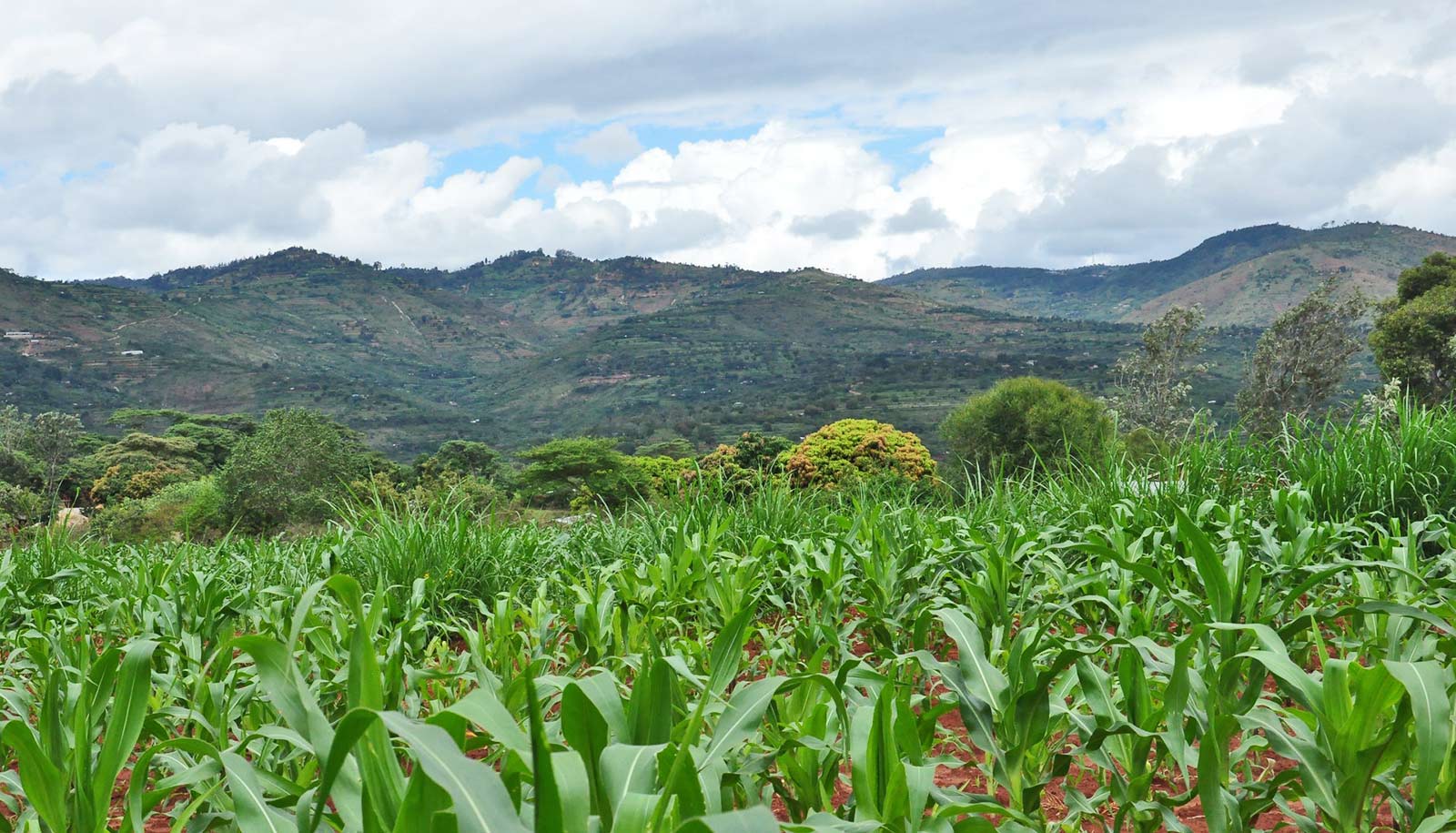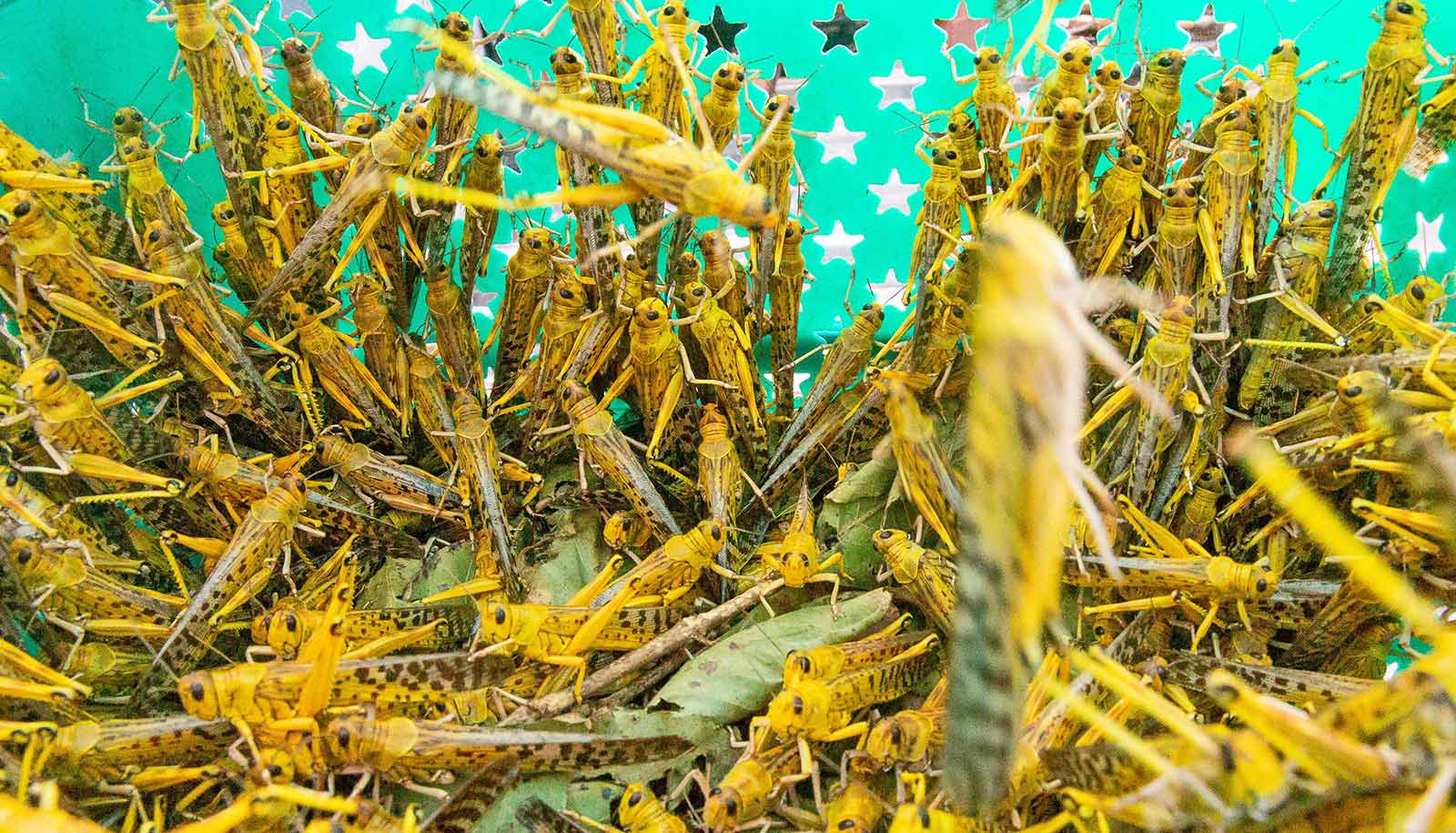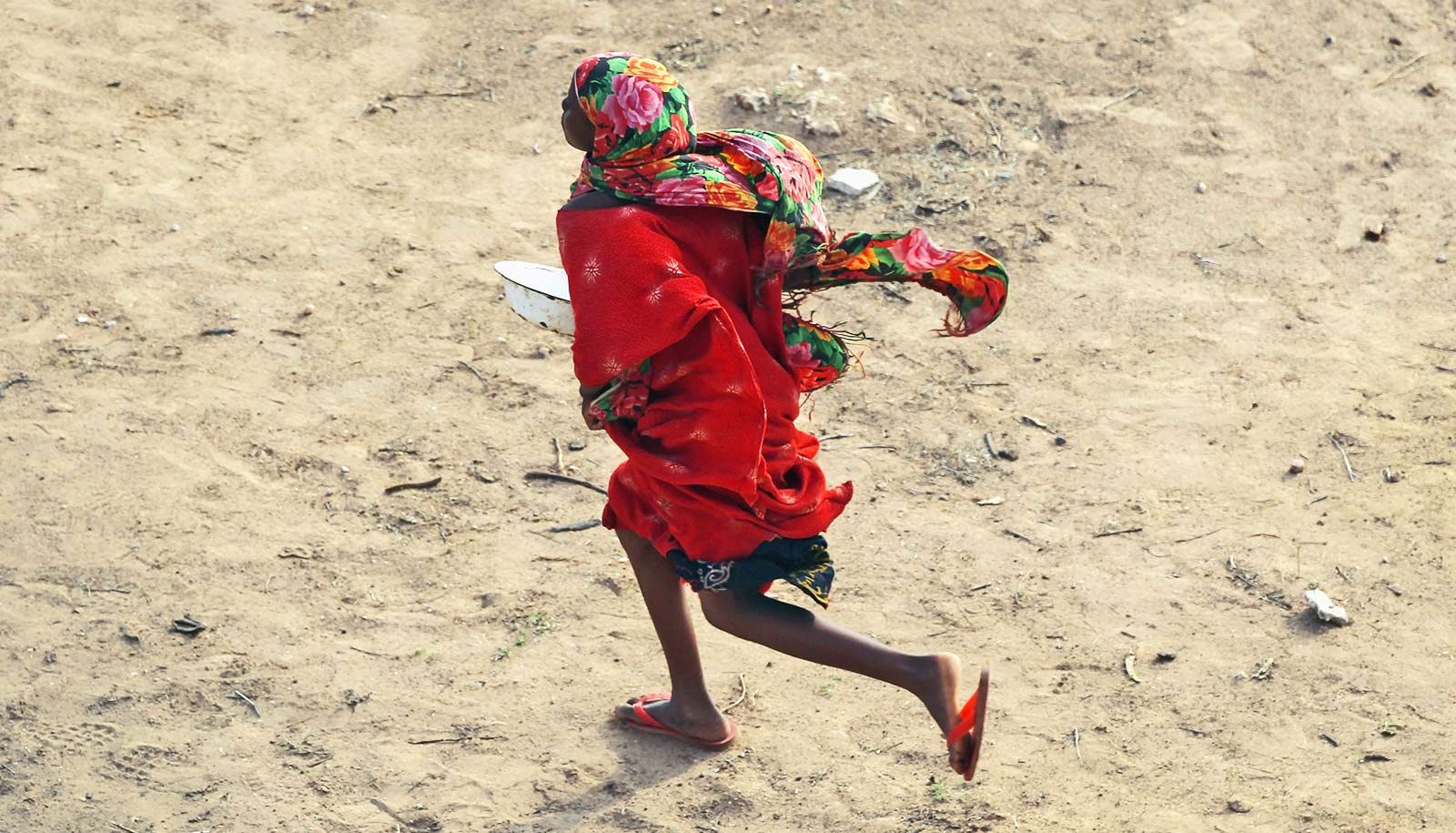New research links conditions at the beginning of the start of the growing season to grain prices in five African countries.
The first rains that signal the beginning of the growing season kick off a flurry of activities in rural, agricultural communities. Farmers decide when to plant, how much labor to allocate, how many resources to devote to that season’s crop and so on.
For those in the famine response community, the start of season (SOS) is also the earliest indicator of what’s to come over the following months. As a result, scientists at UC Santa Barbara have been working to use the SOS as an early indicator of food insecurity.
Researchers at the university’s Climate Hazards Center (CHC) have released a study in Environmental Research Letters, the second study the group has published analyzing the effects of the SOS, and the findings should enable even earlier forecasts of potential famine.
“The start of the rainy season—its conditions and whether it’s early or late—has real predictive power for food security,” says first author Frank Davenport, an associate researcher at the CHC. The timing of the SOS sends a tangible signal to markets in the region, which researchers can take into consideration when predicting food security and organizing famine response. The CHC works closely with the Famine Early Warning System Network Team (FEWS NET), which the United States Agency for International Development (USAID) created to coordinate humanitarian aid.
The FEWS NET uses several metrics to judge a population’s vulnerability to food insecurity. Two major factors are food availability and accessibility, explains coauthor Shraddhanand Shukla, who is an associate researcher at the CHC. Food availability usually correlates with agricultural production (i.e., how good the previous harvest was). Food accessibility relates to production as well as prices and distribution.
“A region may have good production, but if prices are very high people will still have less access to food,” Shukla says. What’s more, many rural households in sub-Saharan Africa devote a large percentage of their time and money to feeding their households, so even small fluctuations in grain prices can have big impacts in terms of vulnerability to food insecurity.
Start of season and rain
The team combined standard economic forecasting models with two aspects of the start of season—the timeliness of its onset and the amount of rainfall during the season’s first month—to see how they affect the models’ predictive power.
The rainfall data came from CHIRPS, a precipitation data set developed by the CHC that leverages satellite imaging and in-situ stations. Meanwhile, the team compiled grain prices from various ministries of agriculture and consumer price indices when they were available. This was supplemented with data from FEWS NET field scientists who look at grain prices in markets at regular intervals.
The authors found that SOS data increased the models’ predictive power over a six-month window by as much as 25% in some cases. Results were better in the eastern African countries of Ethiopia, Kenya, and Somalia than in the southeastern African nations of Malawi and Mozambique.
The CHC scientists think this may stem from a combination of factors. The predominant reason is that the rainy season is relatively shorter in east Africa than in the west or south. As such, deviation from the norm sends a stronger signal. “In east Africa, when the season starts late, you know it’s going to be short,” Davenport says. As a result, each lost day has a stronger effect on production and prices.
What’s worse, warming in the Indian and Western Pacific Oceans may be shortening this season further, through later onsets and earlier cessation of rain. Although what is driving the increase in sea surface temperature is unclear, the implications are concerning.
“If the start of season keeps getting delayed, and the end of season remains fixed, there comes a point when the season is so short that crops can no longer grow in that amount of time,” says coauthor Will Turner, a graduate student researcher at the CHC. In that, case, farmers must choose whether to invest in a growing season that may not be productive, or find other sources of income. “Either way, reduced production may result in reduced food availability, increased market prices, and associated reductions in food accessibility,” he adds.
Grain prices and food insecurity
In January the CHC released a paper correlating the start of season with a measure of greenness, or plant growth. The results showed that conditions during the first month of the growing season can provide a reasonable estimate of production levels at harvest time. This study shows that it can also provide a reliable signal on grain prices during the growing season.
A spike in grain price is, itself, an early warning sign for food insecurity. As Shukla explains, even if a region has a good harvest, high prices can still restrict food access. This paper enables researchers to use the SOS to provide even earlier indicators for grain price; because, when it comes to famine mitigation and humanitarian aid, extra time translates to extra lives saved.
“We’re always looking for better indicators, and we’re always looking for earlier indicators,” Davenport says.
In fact, the team is working on forecasting the start of season itself, pushing their advanced warning earlier still. That effort, led by Shukla and Turner, aims to use precipitation forecasts to project the start of season 20 to 40 days in advance.
The center also aims to begin incorporating the SOS into their current forecasting methods within the next year. They’re already developing a grain-yield prediction system, which they plan to send out as a regular report. The team also plans to investigate the regions where the SOS data didn’t substantially improve forecasts.
“What makes me excited about the SOS is that it’s very simple, and it’s very intuitive,” Davenport says. For instance, the start of season is not influenced by outside factors, like government policy. This straightforwardness makes it easy to communicate to stakeholders.
And, the start of season has always been a very palpable event to agricultural communities. It’s something they always pay attention to. Confirming that its onset has real effects likely validates what many of these people already knew qualitatively. Now, these results will enable experts to quantify those impacts in a way that makes them more actionable.
Funding for this research came from several sources, including USAID, the NASA SERVIR program, and the US Army Research Office. Any opinions, findings, and conclusions or recommendations expressed in this material are those of the authors and do not necessarily reflect the position or the policy of the government or the prime contractor, and no such official endorsement by either should be inferred.
Source: UC Santa Barbara



